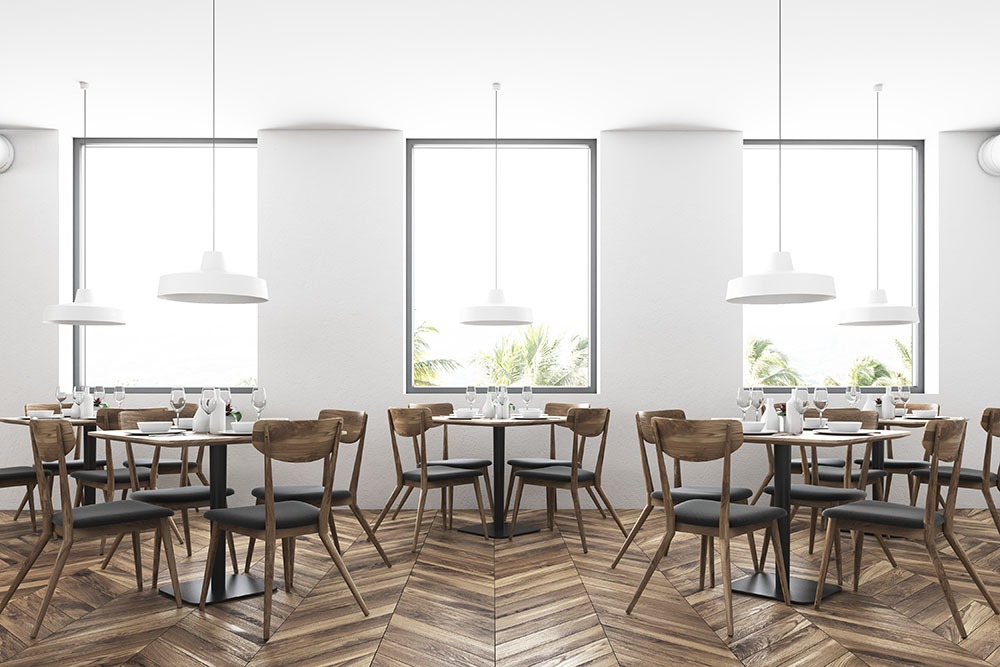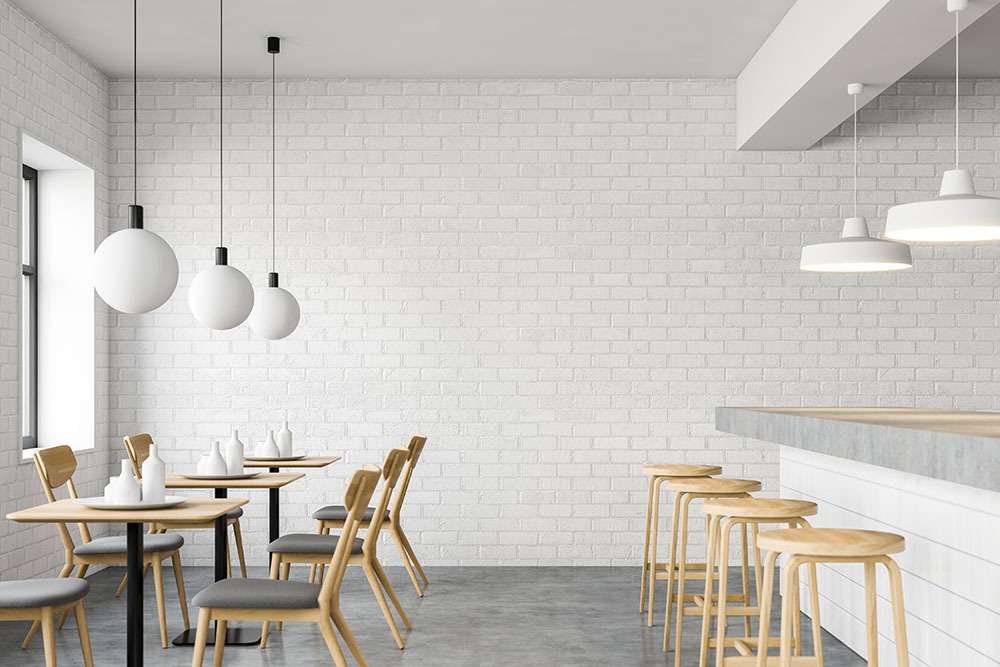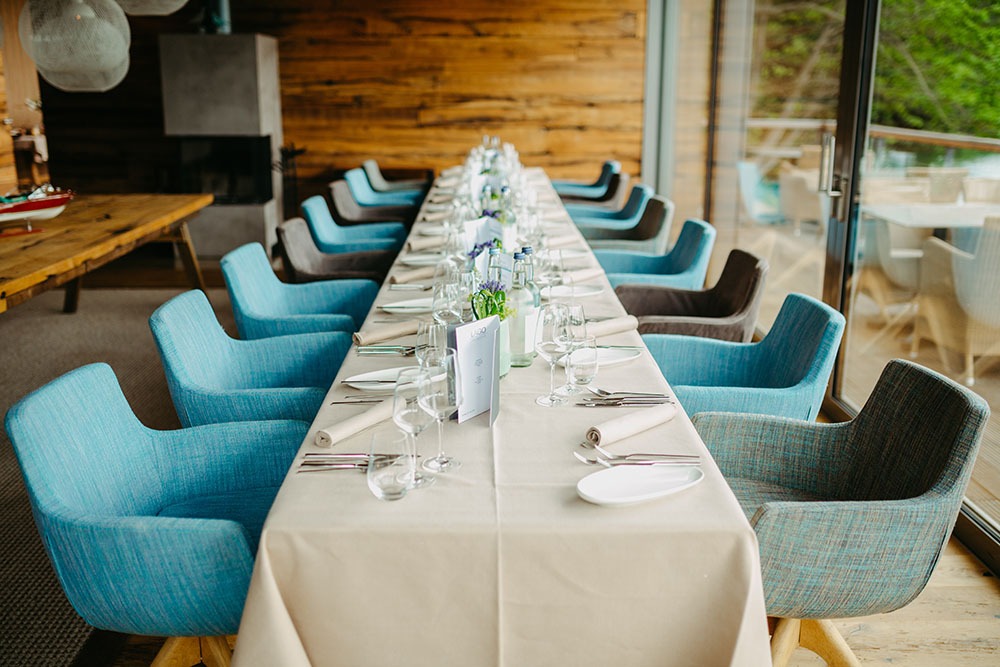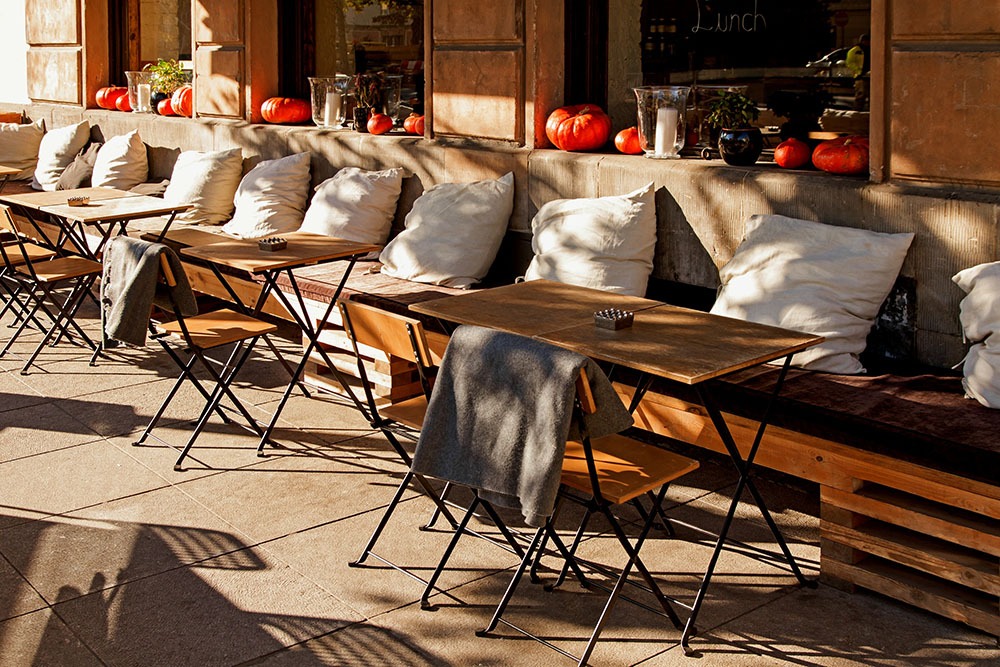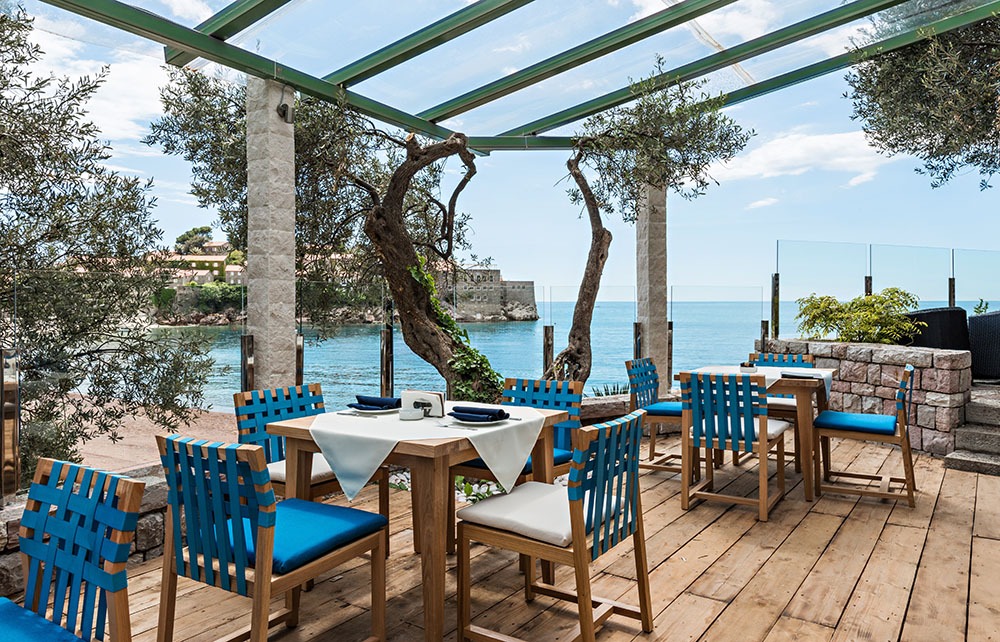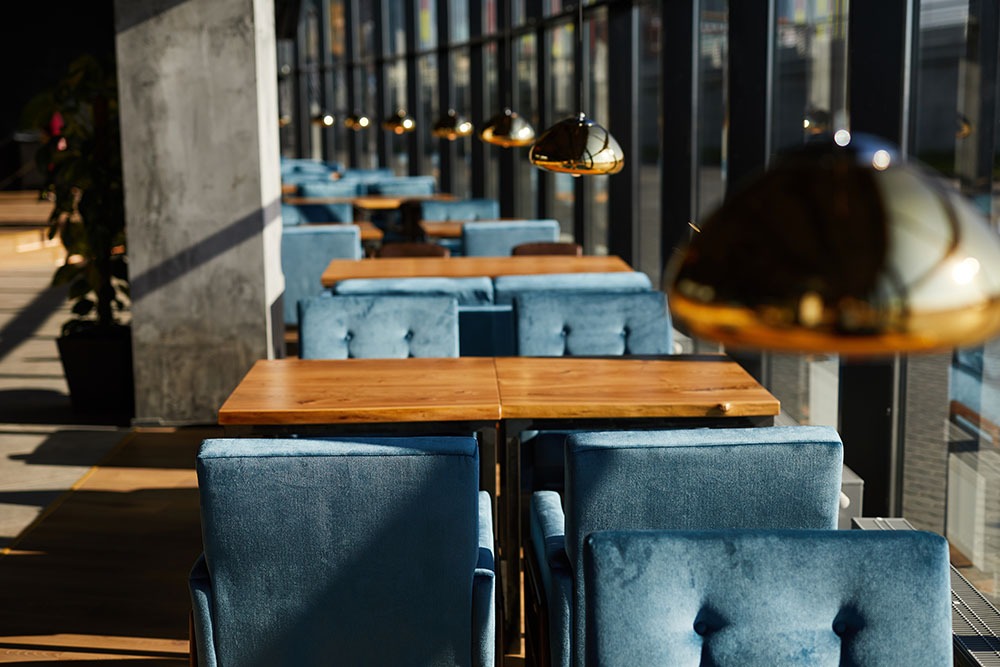Restaurant seating furniture choice for outstanding restaurant seating design
After creating an efficient seating layout, restaurant owners and designers can focus their attention on selecting appropriate furniture. There are numerous seating types and designs available to choose from during this process. Careful consideration of the advantages and disadvantages of each option is nevertheless critical to creating outstanding restaurant seating designs.
Undoubtedly, decisions regarding the choice of seating furniture are pivotal. The furnishing of the dining area will have a significant bearing on both the interior design and on diners’ comfort. A clever combination of the different types of seating furniture offers flexibility and allows designers to give the space a unique look.
Fixed or movable furniture?
Before all else, designers and restaurant owners need to decide whether fixed or movable furniture should be predominantly used. Both fixed and movable seating furniture have advantages and disadvantages. Understanding them can help align the design with practical considerations.
The main advantage of fixed seating furniture is that it helps save valuable floor space. Often attached to one of the restaurant’s main walls or the floor, fixed benches or banquettes take up less space. They allow patrons to position tables closer to them or to join two tables together to accommodate a larger dinner party. Nevertheless, fixed furniture cannot be repositioned and, does not allow restaurant owners to change the seating layout of the dining room.
Movable furniture in the form of chairs, couches or sofas represents a comfortable and flexible seating option. The great variety in terms of colour, patterns, texture, as well as form, gives designers great freedom in matching the seating design to the restaurant’s unique style. At the same time, opting for movable seating options allows restaurateurs to easily change the seating layout or add a few more seats to a table. This flexibility, however, comes at a cost: space.
Dining benches
Dining benches represent a casual and modern form of restaurant seating furniture. Usually coming without a back- or armrest, they can free up space in the dining room by allowing patrons to position them under the table when not in use. Similarly, they allow designers to maximise the dining space and give diners more room to move around.
Upholstered or made out of wood, dining benches can be elegant and sophisticated pieces that add value to the dining room design. Nevertheless, they tend to offer less privacy than individual chairs. As a result, designers and restaurant owners should always opt for using a combination of different types of seating furniture to appeal to any diners’ preference.
Banquettes
Banquettes or built-in, upholstered benches are one of the most popular forms of seating furniture in restaurants. Offering extreme versatility, this type of seating furniture can be a great space-saving option for smaller restaurants. Designers can use banquettes in the restaurant seating design to maximise the seating capacity. This form of seating furniture allows designers to fit a dining table into a space that might otherwise become overcrowded with stand-alone chairs and tables.
Banquette seating on one side of the table and chairs on the other allow designers to make the design more flexible. A dining room set up this way allows patrons to easily move tables together or take them apart to accommodate both smaller and larger diner parties. To make them more comfortable, banquettes are often upholstered or covered with a bench cushion, which offers more comfort and allows designers to create unique designs.
Booths
Designers might also opt for using booths instead of banquettes or benches. This type of seating furniture is great for offering a more intimate experience by restricting diners’ view over neighbouring tables. Similarly to banquettes, booths can be upholstered, using various materials, colours, patterns and textures, which can all add great value to the restaurant’s interior design.
While compact booths can be a great space-saving option, designers must keep in mind that they are significantly harder to manoeuvre than other forms of restaurant seating furniture. They cannot be pushed together to accommodate larger parties the same way tables and chairs can.
Chairs. The most flexible seating option in restaurant seating design
When people think about the seating design of upscale, high-end restaurants, a set of high-quality tables and matching chairs often come to their mind. But chairs are not limited only to high-end restaurants. As a staple in every seating design, chairs represent an extremely flexible and versatile form of seating furniture.
Their smaller footprint helps designers maximise the dining space. Coming in various forms and materials, they can be matched to any design concept and theme. They are easy to add to tables to increase the seating capacity and may also be stacked when not in use.
